
 |
 |
|
|
Vienna
2,000 years
of European history,
in one city
|
|
| |
|
|
| Tours |

Image: iStock |
| Walking |
Art |
Habsburgs |
Other
|

Vienna
Old Town
|
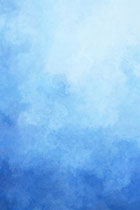
Fine Arts
Museum

Klimt/
Belvedere Palace

Leopold
Museum
|
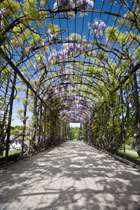
Schönbrunn
Palace
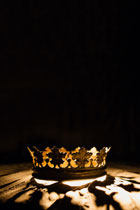
Hofburg
Palace

Imperial
Treasury
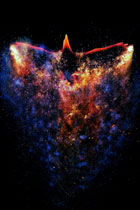
Imperial
Crypt
|
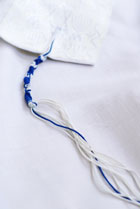
Jewish
Vienna
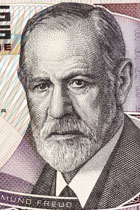
Freud
Museum
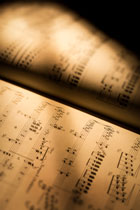
Mozart
House

St
Stephen's
Cathedral

Klosterneuburg
Abbey
|
|
|
|
|
|
|
Top |
|
|
Journey
down 2,000 years
of European history
The tour of the Old Town of Vienna gives an insight into
the history and culture of the city with a walk through the
city's first district (UNESCO
World Heritage) taking in many of
the major sights found there.
The tour can be adapted but usually
includes the State Opera, the National Library, the Church of
the Augustinians, the Spanish Riding School, the Hofburg, Heldenplatz,
Parliament, Rathaus, Burgtheater, University of Vienna, the
Holocaust Memorial, the Plague Column and St Stephen's Cathedral.
Longer tours can also incorporate
more sights including outside the Ring (e.g. Belvedere, Hundertwasserhaus).
| Time |
2 hours
|
| Price |
€
210 |
Entrance
fees
|
None |
Top |
Old Town of Vienna |
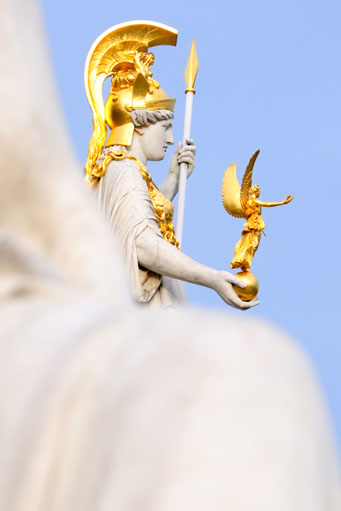
Pallas Athena
Goddess of Wisdom, Protector of the Arts
The Austrian Parliament, Vienna |
|
The
|
The Habsburg's answer
to Versailles
Schönbrunn
Palace (UNESCO
World Heritage) since the 18th century
is where the Habsburgs spent the summers. Built to rival the
French king's Versailles the palace played an integral
part in the Habsburg dynasty, and in its demise.
Two major Habsburg rulers, Maria Theresia and Franz Joseph,
are closely associated with the palace as are events connected
to Mozart, Napoleon and John F. Kennedy.
Highlights:
The Grand Gallery | The room where the Habsburg dynasty ended
| Napoleon's bedroom, twice.
The tour includes the Highlight
tour (22 rooms) and an overview of the main courtyard and garden.
| Time |
2 hours
|
| Price |
€
210 |
Entrance
fees
|
Not
included
€22/Adult/Highlight |
Top
|
Schönbrunn
Palace |
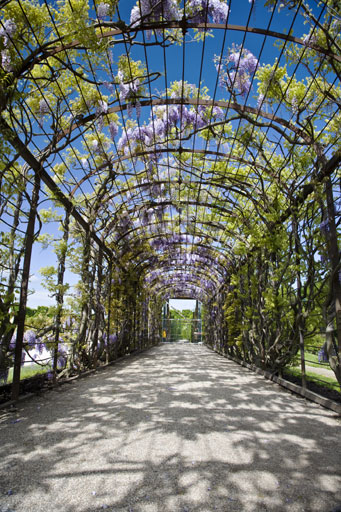
The Kammergarten
The gardens of Schönbrunn Palace, Vienna |
|
|
|
Museum of Fine Arts.
A work of art
The
Museum of Fine Arts, the Kunsthistorisches
Museum, is a work of art in itself, purpose-built to hold the
art collections of the Habsburg family.
Here is housed one of the most important art collections in
European history: the unified collection of the Habsburg rulers
drawing together centuries of acquisitions under one roof.
Highlights:
The world's largest Pieter Bruegel, the Elder collection (Hunters
in the Snow) | Benvenuto Cellini's (once stolen) Saliera.
This tour offers an overview
of the history of the building and a selection of its main exhibits
and can be rounded off with a visit to the museum's cafe.
| Time |
2 hours
|
| Price |
€
210 |
Entrance
fees
|
Not
included |
Top |
Museum of Fine Arts |
 |
|
|
|
A
vault inside a castle
inside a palace
The
Imperial Treasury is hidden away
in the most secure part of the Hofburg Palace: the Schweizerhof.
Here in the oldest part of the Habsburg palace (13th century)
are kept some of the most valuable artefacts from Austrian history.
Highlights:
The medieval Order of the Golden Fleece | The 10th century
Imperial Crown of the Holy Roman Empire | The legendary
Holy Lance.
This tour offers an overview
of the history of the collection, a selection of its main exhibits
and a look at the Old Hofburg, the original castle in which
the collection is housed.
| Time |
2 hours
|
| Price |
€
210 |
Entrance
fees
|
Not
included |
Top |
Imperial Treasury |
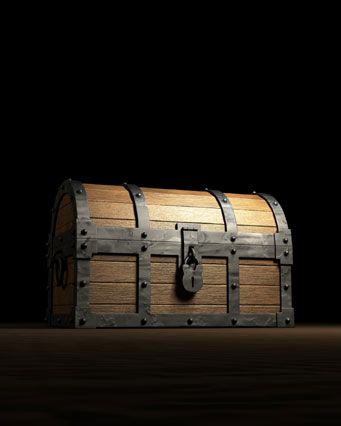
Treasure chest
The Imperial Treasury is the Hofburg's most secure location
and where the Habsburgs kept their weapons and valuables |
|
|
|
The
home of the founder
of psychotherapy
The
Sigmund Freud Museum is the historic
apartment where Freud lived most of his life (1891-1938), where
he founded and developed psychoanalysis and where he eventually
left for exile in London.
Here his children grew up including his youngest Anna (both
Freuds had their practice here). Here is where he wrote his
books and discussed with other pioneers in the field of psychoanalysis
(Adler, Ferenczi, Jung) as well as famous contemporaries (Rainer
Maria Rilke, Thomas Mann, Thornton Wilder, André Breton).
Highlights:
The consulting room where psychoanalysis began | The study,
where Freud wrote his books.
Tour includes Freud's apartment
and a visit to nearby locations connected with his life.
| Time |
2 hours
|
| Price |
€
210 |
Entrance
fees
|
Not
included |
Top |
Sigmund Freud Museum |
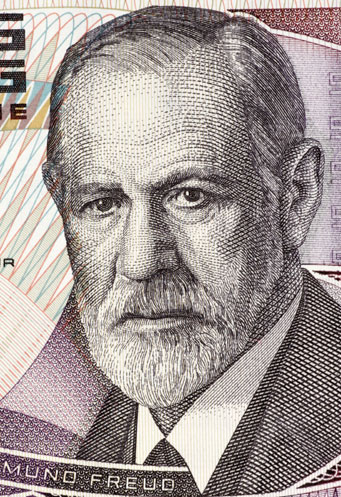
Birth of psychotherapy
In Vienna's Berggasse, Sigmund Freud
laid the foundation for all future therapy |
|
|
|
The story of Vienna's
Jewish community
Vienna's main Jewish
Museum is located in the Palais Eskeles, a former aristocrat's
town palace just off the Graben. Here, spread over four floors
is the story of the Viennese Jewish community from the 17th
century up until the present day.
The story of the earlier Jewish community is a short walk away
at the Jewish
Museum Judenplatz. The square was once the centre of a thriving
medieval Jewish community (12-15th century), one of the most
important in Europe.
Judenplatz is also the location of the Holocaust/Shoah
Memorial, designed by Rachel Whiteread and unveiled
in 2000.
The tour visits both museums,
the Holocaust/Shoah Memorial and can be extended to include
the memorial wall and other nearby locations connected with
Vienna's Jewish history.
| Time |
2 hours
|
| Price |
€
210 |
Entrance
fees
|
Not
included |
Top |
Jewish Museums |

A tzitzit: the fringe, for example,
on a prayer shawl
Vienna's Jewish community dates back to the 12th century
and its story is told in two Jewish museums |
|
|
An
art gallery. An artist.
A building with a view
The Belvedere
is Vienna's second most important summer palace after Schönbrunn
with its famous view of the old town.
Whilst Schönbrunn was built by the Habsburgs the Belvedere
was built at the beginning of the 18th century by the secret
emperor, Prince Eugene of Savoy.
Today the former summer palace houses one of Vienna's major
art galleries and includes the world's largest Gustav Klimt
collection.
Highlights:
Gustav Klimt's masterpiece The Kiss | The Marble Hall,
where the State Treaty was signed in 1955 | The beautiful
view of the Old Town.
Tour includes a brief history of the
palace and grounds and a tour of the gallery's Klimts including
The Kiss.
| Time |
2 hours
|
| Price |
€
210 |
Entrance
fees
|
Not
included |
Top |
Gustav Klimt / Belvedere Palace |
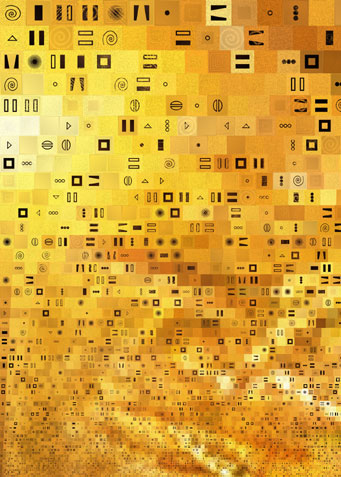
Gold
Vienna, 1900: a melting pot of people, ideas, tensions.
At its centre, Gustav Klimt and his golden period |
|
|
|
18
wings. 19 courtyards. 2,600 rooms. One family
The
Hofburg, after the Vatican in Rome,
is the world's 2nd largest living quarters. Starting its life
as a small medieval castle in the 13th century it developed
over six centuries of Habsburg rule into today's sprawling palace,
serving as the dynasty's winter palace and the focal point of
their empire.
All housed here: the presidential offices, a series of important
museums, the headquarters of the OSCE and the National Library.
The tour takes in the main historic
buildings which make up the palace and finishes with a visit
to the imperial apartments where the Habsburg emperor and empress
lived and worked.
| Time |
2 hours
|
| Price |
€
210 |
Entrance
fees
|
Not
included |
Top |
Hofburg / Apartments |
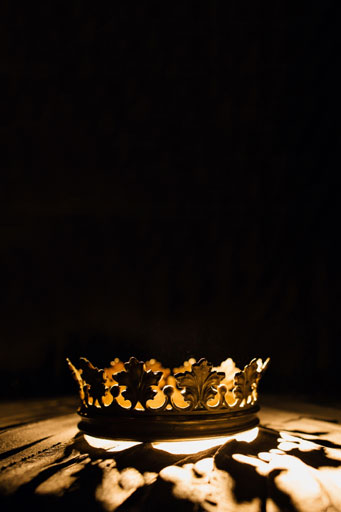
Millennial hub
The Hofburg was the centre of Habsburg
power for 640 years |
|
|
Outside
of Salzburg, the most important Mozart building
Between September 1784 and April
1787 Wolfgang Amadeus
Mozart lived in the Domgasse
behind St Stephen's Cathedral. It was the apartment he lived
in the longest in Vienna where he had at least 13 addresses
in the decade he lived in the city.
Here he lived with his wife Constance, his newborn son Carl
Thomas, four servants, a dog and a songbird.
His most expensive apartment from the decade he spent living
in Vienna (and the only one remaining in the capital), it was
here he wrote The Marriage of Figaro, taught promising
young musicians and received guests and friends (including Joseph
Haydn).
The tour includes Mozart's apartment
and a visit to nearby locations connected with his time in Vienna.
| Time |
2 hours
|
| Price |
€
210 |
Entrance
fees
|
Not
included |
Top |
Mozart House |

Opera revolution
Mozart's work in Vienna (as did Freud's) had a global impact
|
|
|
"Nothing
is eternal,
except power."
(Napoleon Bonaparte, in
1809, after visiting the Imperial Crypt in Vienna)
Since the transfer of the coffins of Emperor Matthias and Empress
Anna in 1633 to the burial
vault beneath the Church of the Capuchin Friars on the Neue
Market, it has become the Habsburg family crypt. One of Europe's
most important royal burial sites, it was continually extended
over the centuries and now holds the remains of 12 emperors
and 22 empresses with a total of over 150 Habsburgs including
siblings and children.
In 2023, the last Habsburg burial took place at the crypt.
The tour includes the crypt and
a visit to locations nearby connected with the burials of the
Habsburgs.
| Time |
2 hours
|
| Price |
€
210 |
Entrance
fees
|
Not
included |
Top |
Imperial
Crypt |

Phoenix rising: symbol for the eternal
The Habsburgs believed in eternity,
they believed they would become gods |
|
|
Plague,
fire, war, siege,
revolution, pogrom
St
Stephen's Cathedral has witnessed 800 years of European
history. Mozart was married here, Haydn a choirboy, Hitler painted
it in watercolour. Hit by a thousand Ottoman cannonballs in
1683 and ravaged by countless fires it remains a central point
of the city and the country's history.
Standing at the meeting point of four long-distance trade routes,
from the cathedral it was south to Venice and the Italian ports,
north to Prague, east to Budapest and west to Bavaria and beyond.
The tour includes the interior
of the cathedral, a walk around St Stephen's Square and a visit
to the underground Virgil Chapel.
| Time |
2 hours
|
| Price |
€
210 |
Entrance
fees
|
Not
included |
Top |
St Stephen's Cathedral |

Looking north
St Stephen's Cathedral, Vienna |
|
|
|
1900 - Fin de Siècle.
The end of times
1900 Vienna was a city full of contrasts as one century
made way for another.
Extreme poverty sat side-by-side with extreme wealth. A centuries-old
aristocratic elite stood in the way of a rising middle class.
Mass movements of people brought not only a culture clash
but new ideas, new technologies and new energy. And at its
centre, attempting to capture the times they found themselves
in: the artists.
Vienna's Leopold
Museum has the best collection of Austrian art from that
time.
Highlights:
Gustav Klimt, the world's largest Egon Schiele collection,
Tina Blau, Oskar Kokoschka, ...
| Time |
2 hours
|
| Price |
€
210 |
Entrance
fees
|
Not
included |
Top |
Leopold Museum |

Leopold Museum
1900, and all that... |
|
|
|
A medieval centre of religion, science
and wine
Ten kilometres north of the
Vienna border lies one of Austria's oldest monasteries. Dating
back to the beginning of the 12th century Klosterneuburg
was founded by the Babenbergs, the family who ruled Austria
before the Habsburgs.
The Babenbergs ruled for 250 years and before they built a
royal palace in Vienna (at Am Hof) they built a palace here
in the hills overlooking the city, later founding a monastery
in its grounds.
A medieval centre of science and religion the monastery became
wealthy due to its wine production and also due to its location
and control of a once important crossing of the Danube.
Highlights:
12th century Verdun Altar, the medieval cloisters, the abbey
church and the 18th century imperial rooms of Karl VI including
the Marble Hall.
| Time |
2 hours
|
| Price |
€
210 |
Entrance
fees
|
Not
included |
Top |
Klosterneuburg
Abbey |

Klosterneuburg
Medieval monastery: Religion, science,
wine
|
| |
|
| |
Top
|
|
|
|
| |
|
|
|
|

